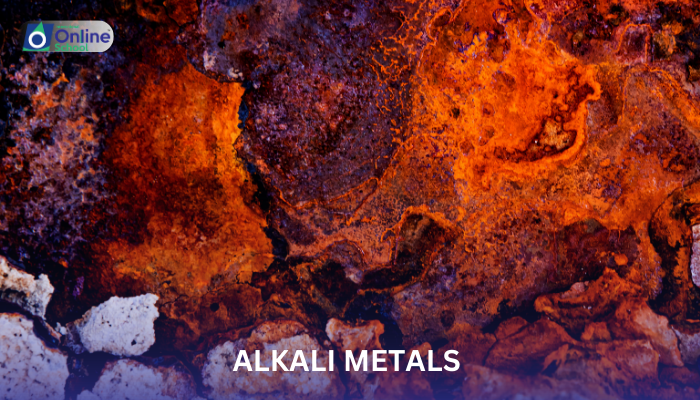
Learning Outcomes
i. Embark on a journey into the realm of alkali metals, exploring the reasons behind their elusive existence in their elemental form in nature.
ii. Delve into the high reactivity of alkali metals, recognizing their tendency to readily lose electrons and form ionic compounds.
iii. Understand the concept of electron affinity and its influence on the reactivity of alkali metals.
iv. Identify the characteristic properties of alkali metals, including their low ionization energies, low melting and boiling points, and high electrical conductivity.
v. Appreciate the significance of understanding the reactivity of alkali metals in various fields of science and technology.
Introduction
In the realm of chemistry, where elements interact and transform, alkali metals emerge as a captivating group, captivating our attention with their unique properties and intriguing behavior. These elements – lithium, sodium, potassium, rubidium, cesium, and francium – reside in the first column of the periodic table, sharing a common characteristic: their elusiveness in their pure, elemental form in nature. This lesson will embark on a quest to unravel this enigma, exploring the reasons behind the scarcity of alkali metals in their free state and delving into their remarkable reactivity.
i. The High Reactivity of Alkali Metals: A Tale of Electron Loss
The high reactivity of alkali metals lies at the heart of their absence in their elemental form in nature. These metals possess a single electron in their outermost valence shell, making them highly susceptible to losing this electron. This electron loss leads to the formation of positively charged ions, or cations, and leaves the alkali metal atom with a net positive charge.
ii. Electron Affinity: A Driving Force for Reactivity
Electron affinity, the energy released when an electron is added to an atom or ion, plays a crucial role in understanding the reactivity of alkali metals. Alkali metals have low electron affinities, indicating a strong tendency to lose electrons. This low electron affinity, coupled with their low ionization energies, makes alkali metals highly reactive and prone to forming ionic compounds.
iii. Characteristic Properties: A Reflection of Electron Configuration
The characteristic properties of alkali metals stem from their electron configuration:
Low ionization energies: Alkali metals require minimal energy to remove their outermost electron, reflecting their high reactivity.
Low melting and boiling points: The weak metallic bonding in alkali metals results in low melting and boiling points compared to other metals.
High electrical conductivity: The abundance of free electrons in alkali metals allows for easy movement of electric charges, making them excellent conductors of electricity.
iv. Significance of Understanding Alkali Metal Reactivity: A Multifaceted Perspective
Understanding the reactivity of alkali metals holds profound significance across various fields:
Chemistry: Alkali metals play a vital role in various chemical reactions, including acid-base reactions and redox reactions.
Industrial applications: Sodium and chlorine are extracted from seawater to produce sodium chloride (table salt), while lithium is used in batteries and alloys.
Biological processes: Potassium plays a crucial role in nerve impulse transmission and muscle contraction.
The elusive nature of alkali metals in their pure form in nature speaks volumes about their high reactivity. Their tendency to readily lose electrons, driven by their low electron affinities and ionization energies, leads to the formation of ionic compounds, preventing their existence in their free state. Understanding the reactivity of alkali metals and their characteristic properties empowers us to appreciate their significance in various fields of science and technology, from chemical reactions to industrial applications and biological processes.